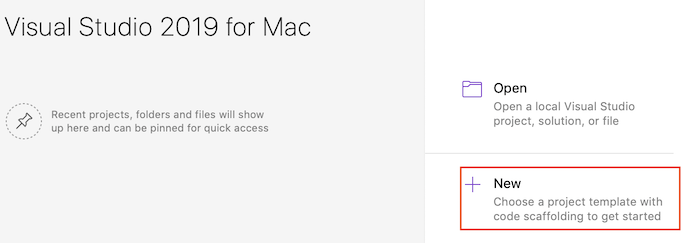
This means you can be sure that an LTS release will be stable for a considerable period of time. The LTS releases are supported for up to 3 years from the date of its original release, during which time the release goes from current (~6 months) to active LTS (18 months, minor revisions only) to maintenance LTS (12 months, patch releases only). The Node.js release team designates even-numbered major releases as LTS releases. Node.js releases use SemVer release numbering ( numbering. I’ve summarized the pros and cons of each approach in the table below:
#VISUAL STUDIO FOR MAC TUTORIALS INSTALL#
Homebrew bills itself as the “missing package manager for MacOS.” You can use it to install and manage hundreds of different packages for MacOS. If you’re a Mac user, a better approach is to use Homebrew. This approach is ideal for Windows users, but alos works for MacOS and Linux as well. The easiest approach is to download the package for your platform directly from the Node.js project’s Download page and run the installation program. It’s great for compatibility testing and managing your Node.js environment in general. What I mean is, you don’t have to uninstall one version of Node.js or npm to install another, just tell nvm which one you want to use. With nvm, you can install multiple versions of both the Node.js runtime and npm, and they can all coexist, though you can only specify one active version of either at a time. The best way to install Node.js and npm is through Node.js Version Manager, or nvm. There are several ways you can install Node.js. Three approaches to installing Node.js and npm

Follow the instructions in the Git documentation to download Git for your platform. You need to install the Git client for your platform. This video walks you through the steps in this Node.js tutorial:
#VISUAL STUDIO FOR MAC TUTORIALS HOW TO#
After showing you how to install Node.js, I walk you through installing the editor, VS Code, where you can write your source code for this learning path.

This tutorial shows you how to install the Node.js runtime and the Node.js package manager, npm, 3 different ways - from the Node.js download page, via Homebrew (for MacOS installation), and through the Node.js Version Manager. Check out Learn Node.js, Unit 1: Overview of Node.js Learning Path to start at the beginning. This tutorial is part of the Node.js Learning Path.


 0 kommentar(er)
0 kommentar(er)
